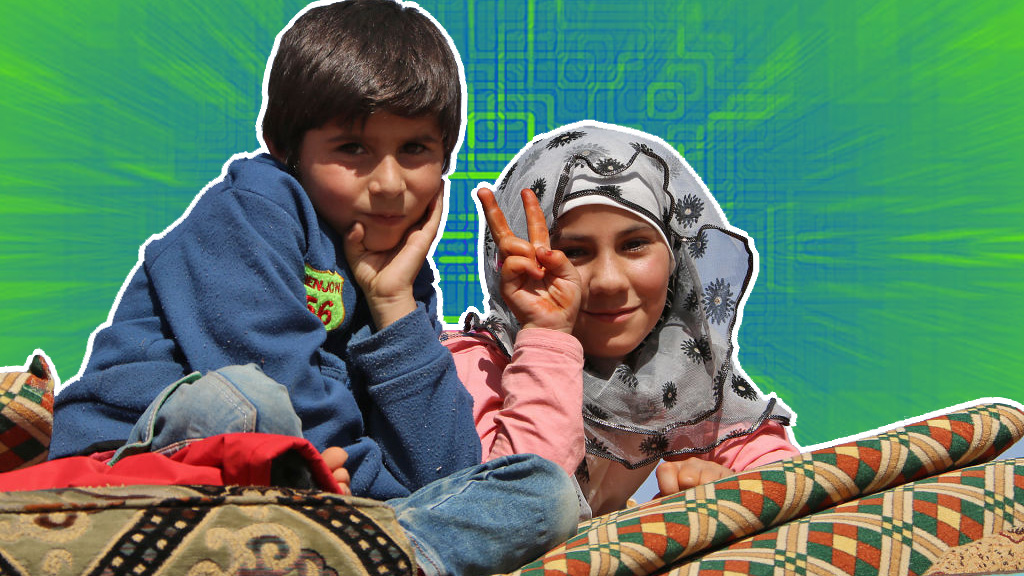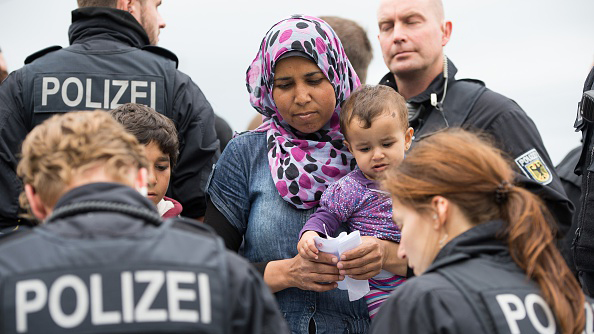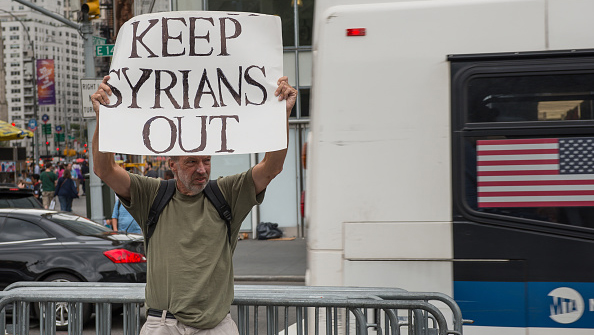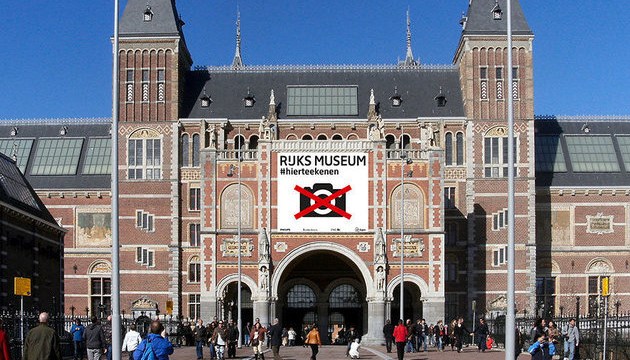We Have to Stop Treating the Refugee Crisis Like It’s Temporary
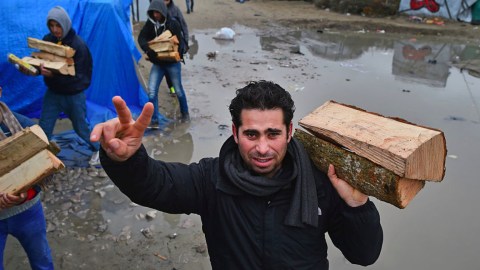
The recent attacks on Paris and the lockdown in Brussels have ignited world conversation about terrorism, but also about refugees from countries like Syria that are plagued by civil unrest. One of the looming questions on everyone’s mind is where will all of the refugees go? Amid current fear and panic of outsiders, how do refugees escape to a better life and find opportunities to resettle?
The question of refugee relocation is a big one that applies far beyond Syria. Nigeria, for instance, is another nation currently challenged in trying to accommodate refugees from internal strife. For refugees who don’t get accepted to immigrate to new countries (or for the ones who are awaiting their relocation status), refugee camps might be where they end up. But that’s just temporary, right?
Not necessarily, says one humanitarian aid expert, Kilian Kleinschmidt. In talking about Europe’s refugee camps, he points out that the average residency is 17 years. That probably stretches past most people’s definition of the word “temporary.” Furthermore, Kleinschmidt says that when refugee camps get treated as short-term even though they aren’t, it opens up a new world of dangers. Bad living conditions and scams are a frequent occurrence. He argues that instead of putting up with current conditions, we should help refugees settle in currently underpopulated parts of Europe that could use the economic boost of a new labor base.
Kleinschmidt isn’t the only one talking about the deplorable conditions of refugee camps. In Tanzania, Burundian refugees struggle to stay healthy and safe in overcrowded camps. Because the camps are bursting at the seams, aid workers are struggling to keep up the sanitary standards that prevent disease transmission and flooding. Treating the camps as temporary might be limiting humanitarian efforts to provide decent living conditions for the refugees.
Perhaps part of the problem is that refugee camps are far removed from the lives of everyday people. It’s hard to empathize with what life is like in the camps and to understand how permanent they can feel to the residents. Maybe it’s time to take a leaf out of UNICEF’s book, whose UNICEF360 project uses virtual reality to take donors into a Jordanian refugee camp and the life of a young girl who lives there. Through the app you can see where she sleeps, goes to school, and plays. It might be more opportunities like these that give the world enough of an understanding of refugee camps to get creative and proactive on the issue of relocation.
(Photo by Jeff J Mitchell/Getty Images)
—
Stefani is a writer and urban planner based in Oakland, CA. She holds a master’s in City and Regional Planning from UC Berkeley and a bachelor’s in Human Biology from Stanford University. In her free time she is often found reading diverse literature, writing stories, or enjoying the outdoors. Follow her on Twitter:@stefanicox
